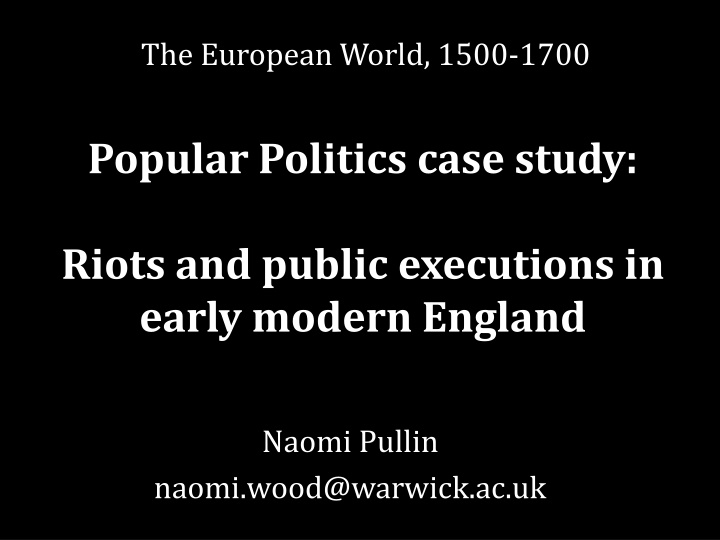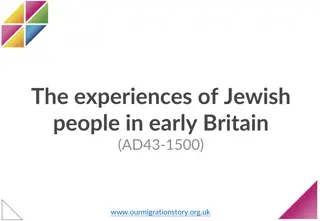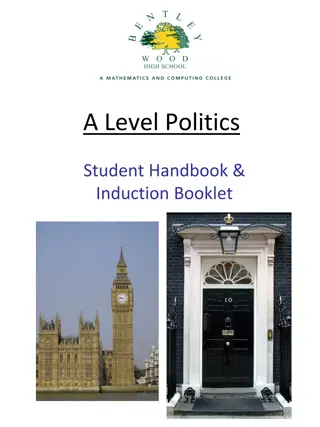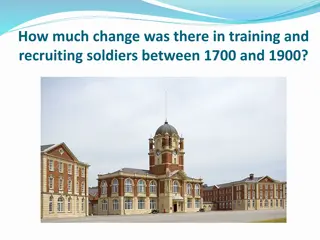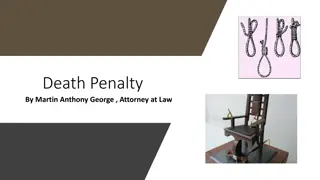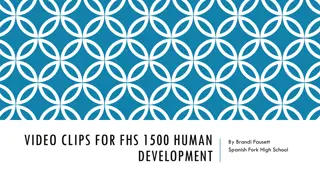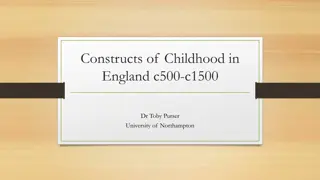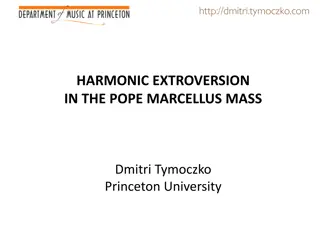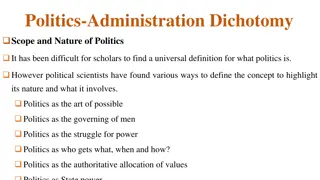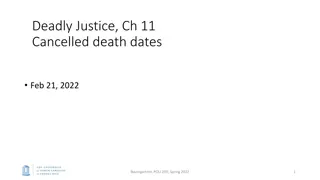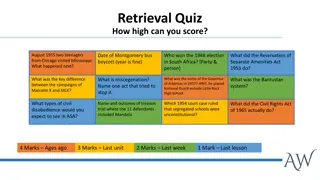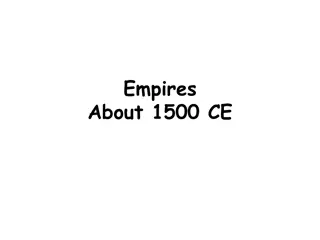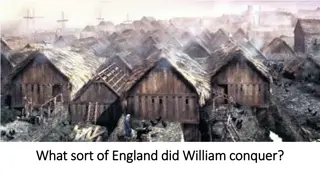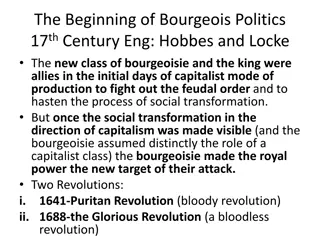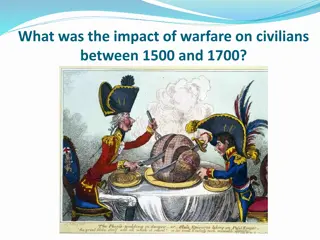Riots and Public Executions in Early Modern England: A Case Study of Popular Politics (1500-1700)
The case study explores popular politics in early modern England, focusing on riots and public executions. Ordinary people play a significant role in political processes, as seen in events like the Oxfordshire Rising of 1596. The rebellion, led by Bartholomew Steer, highlights issues such as high prices, food shortages, and discontent over illegal enclosures. The rebels' actions, arrests, and trials shed light on the political landscape of the time.
Download Presentation

Please find below an Image/Link to download the presentation.
The content on the website is provided AS IS for your information and personal use only. It may not be sold, licensed, or shared on other websites without obtaining consent from the author.If you encounter any issues during the download, it is possible that the publisher has removed the file from their server.
You are allowed to download the files provided on this website for personal or commercial use, subject to the condition that they are used lawfully. All files are the property of their respective owners.
The content on the website is provided AS IS for your information and personal use only. It may not be sold, licensed, or shared on other websites without obtaining consent from the author.
E N D
Presentation Transcript
The European World, 1500-1700 Popular Politics case study: Riots and public executions in early modern England Naomi Pullin naomi.wood@warwick.ac.uk
Popular politics? Ordinary people often overlooked as actors in political process. Cultural historians, e.g. E. P. Thompson The moral economy of the English Crowd food rioters not just upset about loss of resources, but identifying what customs and practises violated. Patrick Collinson a new political history, which is social history with the politics put back in, or an account of political processes which is social .
Case study: The Oxfordshire Rising, 1596 Key themes: 1. Meaning attached to it by both participants and state 2. What it reveals about the early modern political process 3. The place of public execution in popular politics.
Oxfordshire, 1596 Bartholomew Steer, a carpenter, plans an uprising against local gentry The plan: to meet 21 Nov. on Enslow Hill a rising of the people to pulle down the enclosures Would march to London and get support from London apprentices But plan changes: Plot to raid homes of gentry responsible for enclosure and assassinate them and families Only four men showed up, wait for 2hrs, then disband Enslow
A Rising of the People? Rebels described as a rising of the people . Arrested, tried for high treason and sentenced to be hanged, drawn and quartered The setting of the revolt: Four years of harvest failure > high prices and food shortages 1590s discontent across England. Food riots in Kent and London. September 1596 people of Oxfordshire petition Lord Lieutenant, Lord Norris, for relief. Complain about illegal enclosures pushing up rental costs, but petition ignored. Riot = extension of the petitionary dialogue.
The rule of custom Enslow Hill chosen to stage protest = site of another popular uprising in Oxfordshire in 1549. Plans to attract London apprentices, showing awareness of political climate in rest of country 21 Nov. chosen because local yeoman would be absent from the county to sit on King s Bench
The response to the rising Conspirators and ringleaders arrested, brought to London, tortured and then tried by Sir Edward Coke. Lord Norris sends petition to London. Tudor state takes action against enclosure anti- enclosure statutes issued 1597. Men sentenced for high treason and to be hanged, drawn and quartered at the site of the rebellion on Enslow Hill.
Crowds and public executions Execution = means for Tudor state to reassert authority. Being hanged, drawn and quartered reflects damage caused to body politic. Public execution = ceremony and ritual Drama of execution enhanced through pardons. Dying words reinforced values and ideas about good behaviour, obedience and repentance.
The place of the crowd? Michel Foucault: executions a theatre of punishment ; spectacles of power with the physical strength of the sovereign beating down upon the body of his adversary and mastering it . But does the crowd have any agency in these spectacles of punishment? Thomas Laquer: crowd = central and willing participants. Crowd has some influence over who was pardoned.
Conclusions? Ordinary people active in political process: as petitioners and rioters; have knowledge of wider political climate Custom and identity in popular politics. Disproportionate gov. response reveals fragility of power
